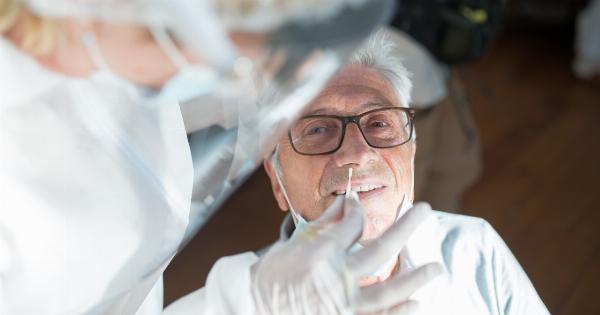Urine is a waste product that is produced by the kidneys and removed from the body through the urethra. The color of urine can vary from clear to dark yellow or amber.
The color of urine can reveal important information about your health, as it indicates the concentration of waste products and the amount of fluids in your body. In this article, we will discuss the significance of urine color in detecting health problems.
Pale Yellow Urine
Pale yellow urine is a sign that you are well hydrated. You are drinking enough fluids, and your kidneys are removing waste products from your body efficiently.
If your urine is pale yellow, it means that you are likely in good health and there are no significant health problems to worry about.
Dark Yellow Urine
Dark yellow urine is a sign that you may be dehydrated. When you don’t drink enough fluids, your urine becomes more concentrated, which makes it darker in color.
If your urine is dark yellow, it means that you should drink more water to stay hydrated. If you are still experiencing dark yellow urine after drinking enough water, it may be a sign of a kidney or liver problem, and you should talk to your doctor.
Brown or Red Urine
Brown or red urine is a sign that there may be blood in your urine. This could be a sign of a urinary tract infection, kidney stones, bladder cancer, or kidney disease.
If your urine is brown or red, you should see a doctor immediately to determine the cause of the problem. Do not delay seeking medical attention if you notice this color.
Orange Urine
Orange urine is a sign that there may be too much bilirubin in your body. Bilirubin is a yellowish substance that is produced when red blood cells break down. If there is too much bilirubin in your body, it can cause your urine to turn orange.
This could be a sign of liver or gallbladder problems, and you should see a doctor to determine the underlying cause.
Green or Blue Urine
Green or blue urine is a rare color and is usually caused by ingesting certain foods or medications. For example, some medications used to treat urinary tract infections can cause your urine to turn green or blue.
If you are not taking any medication and have green or blue urine, it could be a sign of a rare genetic disorder called familial hypercalcemia. It is best to see a doctor to determine the cause of the unusual color.
Cloudy Urine
Cloudy urine is a sign that there may be bacteria or other substances in your urine that may cause a urinary tract infection. If you are also experiencing pain or burning during urination, it is likely that you have a UTI.
Seek medical attention if you notice this color.
Conclusion
Urine color is an important indicator of overall health and wellness. Paying attention to the color of your urine can give you clues about your hydration status, kidney and liver function, and potential health problems.
If you notice any unusual urine color, it is important to see a doctor to determine the underlying cause.


























